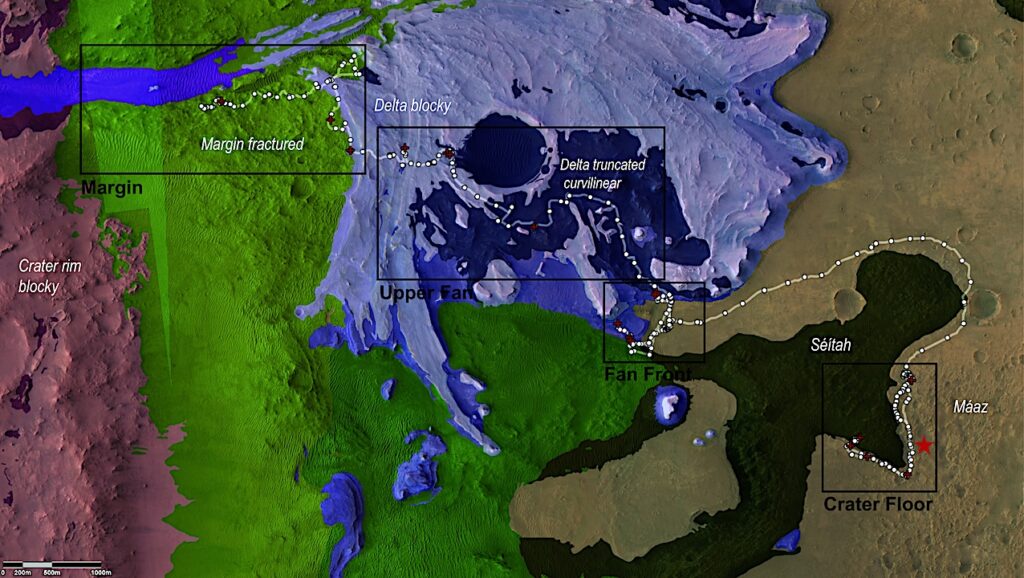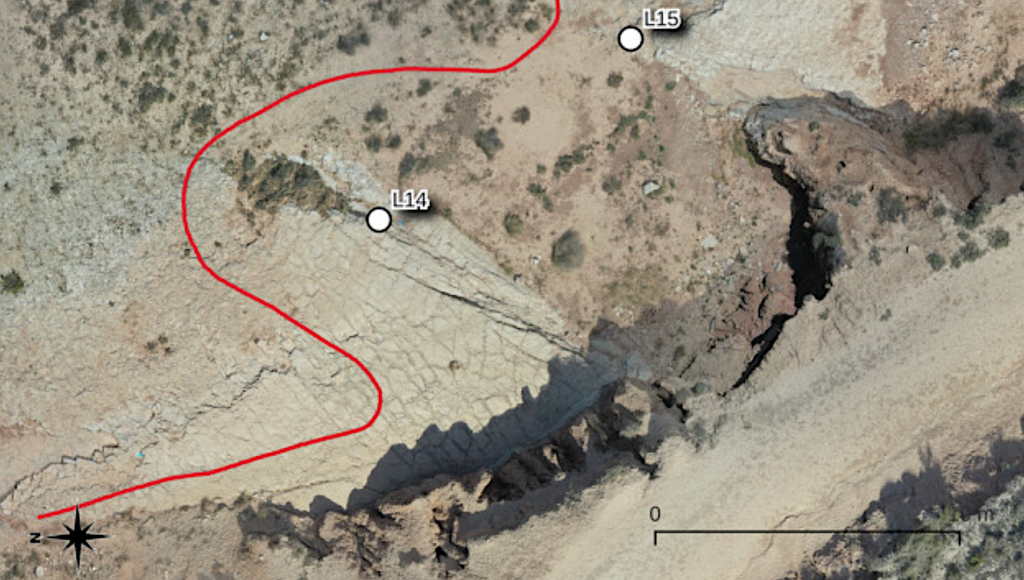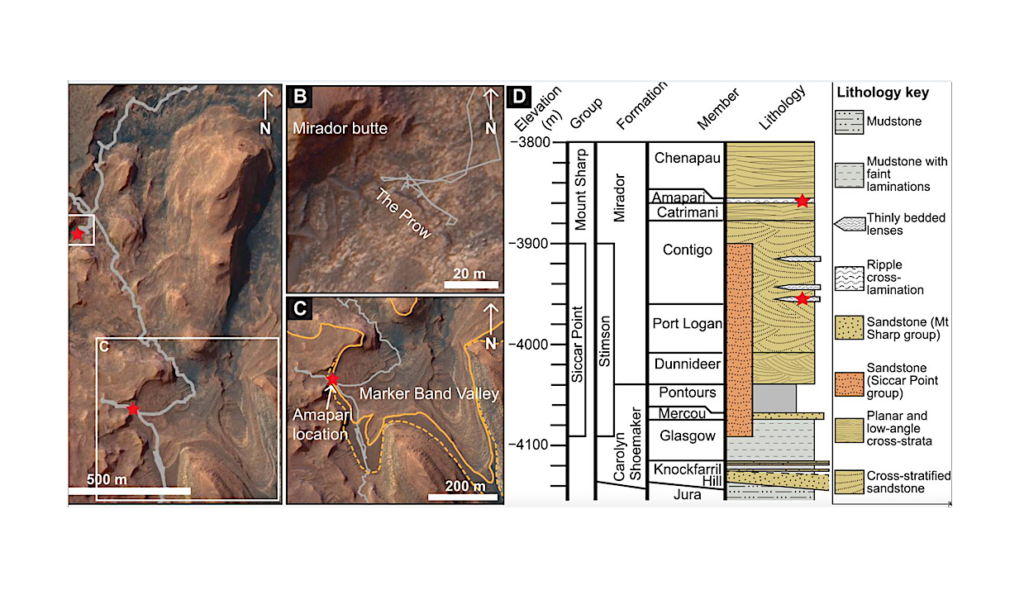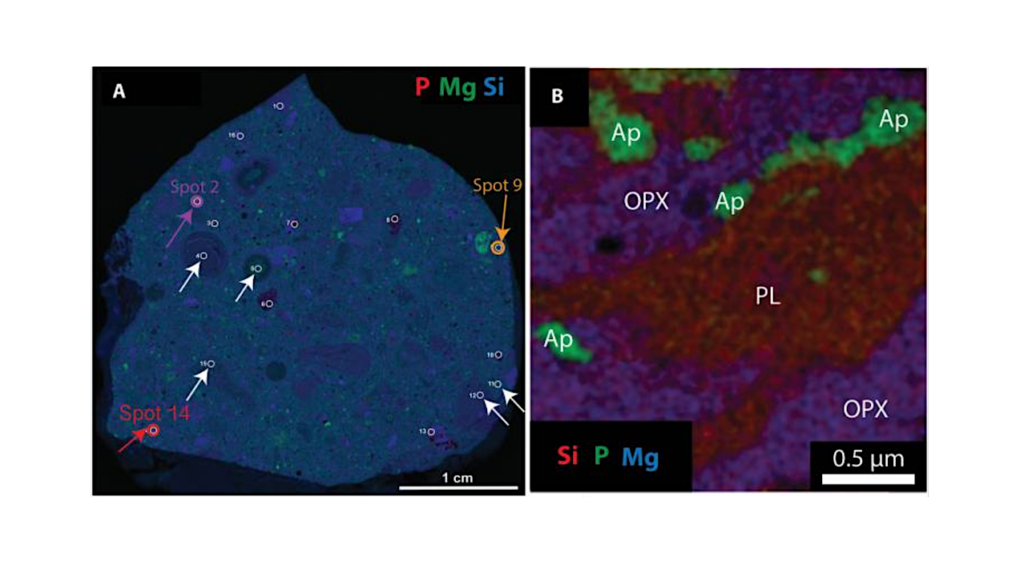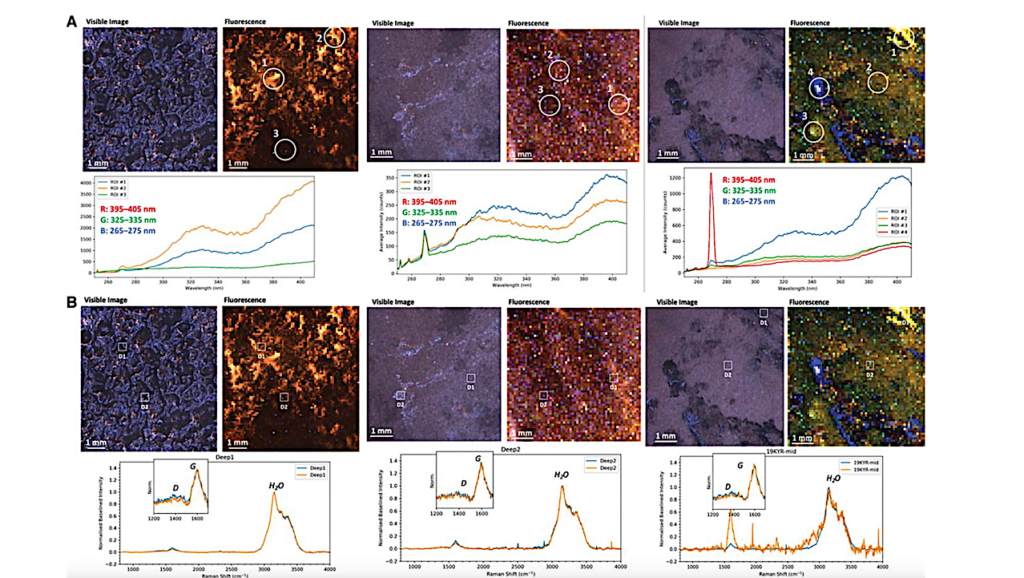Detection Of Organic Carbon In Mars Analog Paleosols With Thermal And 1 Evolved Gas Analysis

Decades of space exploration have shown that surface environments on Mars were habitable billions of years ago.
Ancient, buried surface environments, or paleosols, may have been preserved in the geological record on Mars, and are considered high-priority targets for biosignature investigation.
Studies of paleosols on Earth that are compositionally similar to putative martian paleosols can provide a reference frame for constraining their organic preservation potential on Mars. However, terrestrial paleosols typically preserve only trace amounts of organic carbon, and it remains unclear whether the organic component of paleosols can be detected with Mars rover-like instruments. Furthermore, the study of terrestrial paleosols is complicated by diagenetic additions of organic carbon, which can confound interpretations of their organic preservation potential.
The objectives of this study were a) to determine whether organic carbon in ~30-million-year-old Mars-analog paleosols can be detected with thermal and evolved gas analysis, and b) constrain the age of organic carbon using radiocarbon (14C) dating to identify late diagenetic additions of carbon. Al/ Fe smectite-rich paleosols from the Early Oligocene (33 Ma) John Day Formation in eastern Oregon were examined with a thermal and evolved gas analyzer configured to operate similarly to the Sample Analysis at Mars Evolved Gas Analysis (SAM-EGA) instrument onboard the Mars Science Laboratory Curiosity rover. All samples evolved CO2 with peaks at ~400 °C and ~700° C from the thermal decomposition of refractory organic carbon and small amounts of calcium carbonate, respectively.
Evolutions of organic fragments co-occurred with evolutions of CO2 from organic carbon decomposition. Total organic carbon (TOC) ranged from 0.002 – 0.032 ± 0.006 wt. %. Like modern soils, the near-surface horizons of all paleosols had significantly higher TOC relative to subsurface layers. Radiocarbon dating of four samples revealed an organic carbon age ranging between ~6,200 – 14,500 years before present, suggesting there had been inputs of exogenous organic carbon during diagenesis. By contrast, refractory carbon detected with EGA and enrichment of TOC in near-surface horizons of all three buried profiles were consistent with the preservation of trace amounts of endogenous organic carbon.
This work demonstrates that near-surface horizons of putative martian paleosols should be considered high priority locations for in-situ biosignature investigation and reveals challenges for examining organic matter preservation in terrestrial paleosols.
Adrian Broz , Joanna Clark, Brad Sutter, Doug W Ming, Briony H Horgan, Paul Douglas Archer, Lucas C.R. Silva
https://eartharxiv.org/repository/view/2957/
Astrobiology,



